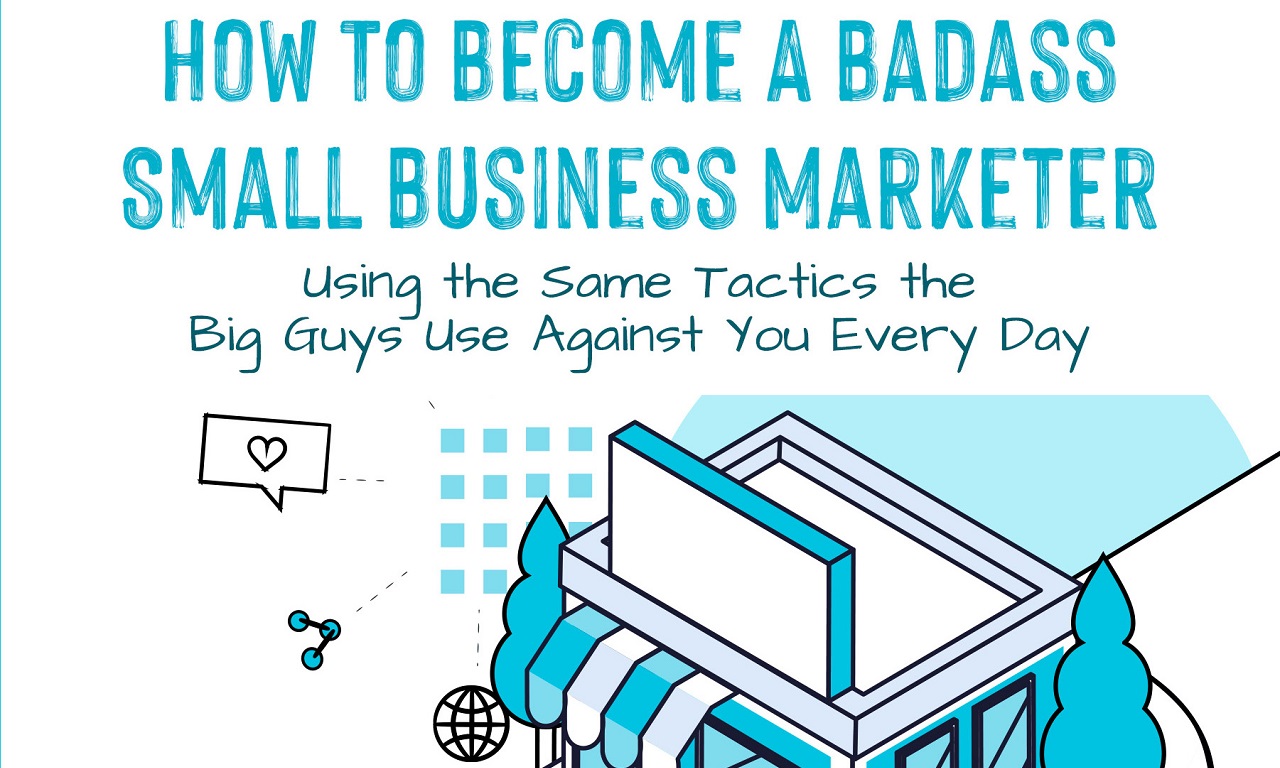First Thoughts: Google Marketing Live 2022
Google Marketing Live 2022, Google’s annual showcase of marketing tools, trends, and best practices, kicked off May 24th with the announcement of new products and enhancements, as well as some shared analysis of the latest trends and insights.
Our perspective is always small business. And today’s announcements from Google offer a double-edge sword; one the one-hand, digital marketing tools available to small business are becoming very sophisticated. On the other, the complexity involved will present a huge obstacle to most small businesses.
We remain committed to making these more sophisticated tools (the big guys use against small businesses every day already) available to any small business so that it can compete in a fast-evolving world that has only accelerated through the pandemic.
Our team watched the Google Marketing Live opening keynote and shared our initial reactions. Here’s what we’ll cover:
Key Takeaways from What Google Said
What This Means for Small Business Owners
How Our Company is Positioning to Be Helpful
It’s a concise summary from a small-business marketing perspective of the nearly 2-hour Google Marketing Live 2022 opening keynote address, which began with pre-recorded remarks from Phillip Schindler (SVP, Chief Business Officer, Google).
In fact, if you’re a “what’s in it more me” type of person and you want to cut to the chase — just read the red text…
It struck us that Phillip was the most senior officer at Google to participate, given that advertising is the company’s core business. It’s a self-described “major event” for Google, but no appearance by Sundar Pichai… Weird.
Google Continues to Move Aggressively to Visuals & Video, AI
What Google Said
Jerry Dischler (VP/GM, Ads, Google) announced a number of new features and key enhancements to the Google Marketing Platform. From his presentation at the Google Marketing Live opening keynote, it’s clear Google is moving aggressively to more visuals, video, and AI-driven ad formats:
- Making Search More Natural — with multiple ways to search (typing, talking, camera, etc.) — which Google is driving with a concept they call multi-search
- Transforming the search results screen (SERP) into rich visual content experiences
- New Google Ad options:
- More Visual Ad Formats
- On-Line Video Ad Formats in YouTube Shorts (30+ Billion Views)
- Video Ads on Google Discover
- Google Audiences for Connected TV Ads
- Affinity
- In-Market
- Demo
- Automated Campaigns (Performance Max)
- Experimenting tools will be available across a wider range of Google campaign types
- GDPR-type privacy laws should cover 65% of the population by 2023
“AI-driven advertising is our future.”
Dischler showcased an important stat: conversion was 13% higher with the new Performance Max campaigns (versus advertisers who only used other campaign types). He also recognized that advertisers haven’t warmed to this campaign type, and talked about how they’re trying to address that.
Measurement must change in a privacy-secure future.
What This Means for Small Business Owners
You’ll need to allocate more of your limited time, money, and expertise to photography and video. If it’s not already obvious, advertising on Google keeps getting more and more complicated, despite Google’s attempts to simplify. It’s a catch-22.
Generating more photo, video, and other flexible advertising assets is the best way to earn better bang for your buck. If you provide Google with more photos and video, you’ll have an advantage over competitors for ad priority, and you’ll see higher rates of conversion.
How Our Company Is Positioning to Be Useful
Working with a partner like us who can efficiently produce the kinds of content Google wants on scale (saving money by serving many clients simultaneously) provides the expertise you need within a budget you can afford, and providing what you need but don’t have time to create on your own.
We continue to focus on being the trusted resource you need to navigate the complexity of marketing a small business.
Google Stays Aggressive with Machine Learning to Improve Performance
What Google Said
Vidhya Srinivasan (VP/GM, Ads on Google Properties, Buying & Measurement) gave a great presentation about machine learning, and how that’s powering greater automation in Google Ads to improve digital advertising.
Google is making a single asset library of logo, photo, video, copy, and other content available across all campaigns (search, video, and display) you deploy on the Google Marketing Platform.
Srinivasan made the case for upgrading to Google Analytics 4, also known as GA4. Using machine learning, GA4 automatically uncovers insights you can use to better understand your customers.
In a world where first-party data has become critical, GA4 is now starting to support interfaces with your own internal data. This is critical when utilizing tactics like look-a-like audiences.
Optimization scores are becoming smarter, and will now apply to more campaign types in Google Ads. Advertisers who improve optimization score by 10% saw a 14% improvement in conversions.
“AI-driven automation is the future of advertising.”
The influence of Artificial Intelligence (AI) and machine learning was a recurring theme in the Google Marketing Live opening keynote.
What This Means for Small Business
In order to get the greatest efficiency from on-line advertising, we need to give Google more control and flexibility for how, when, and where they advertise for us.
If you can carefully organize an asset library for Google Marketing Platform and you invest some time and expertise in managing that, you can get disproportionate results and ROI from Google advertising.
How Our Company is Positioning to Be Useful
It takes a trusted partner to wade through the complexity and technical set-up of not only Google advertising campaigns, but any and all on-line advertising. And not only to get ads rolling, but to analyze and optimize campaigns for the greatest marketing ROI.
Rather than tackle the complexity of Google and other on-line advertising platforms alone, working with a trusted partner like us gets you a stronger return for the time, money, and expertise you invest in your marketing efforts.
People Are Shopping Seamlessly Between In-Store and On-Line — Without Seeing a Difference
What Google Said
Bill Ready (President, Commerce, Payments & NBU, Google) gave an informative talk about omni-channel shopping. His premise: shopping is now happening seamlessly between in-store and on-line without seeing much difference between the two.
“People are shopping in Google more than 1 billion times a day.”
“2/3 of US shoppers say they first started their shopping on-line. They’re searching for things like “what’s nearby.” For instance, Google searches for “near me in-stock” have grown in the US by more than 90% year on year.”
Tina Weyand (Sr. Director, Product Management, Retail Ads, Google) added even more insights about the opportunities omni-channel shoppers represent.
Google is shifting to highly-visual and immersive ad experiences in search. That represents an opportunity (potential competitive advantage) for businesses that help Google do this by providing the rich photographic and video assets they need.
Those who make the shift with Google will benefit disproportionately well.
Google made the announcement today that ads are going to start appearing in new and different ways on YouTube, which opens up opportunities to reach potential new customers in entirely new ways.
One of the biggest announcements for small businesses at Google Marketing Live 2022 came from Matt Madrigal (VP/GM, Merchant Shopping, Google). Matt demonstrated a new feature in Google Shopping that can move potential customers straight from Google to the cart in your website. This has the potential to remove a lot of friction in that process and significantly reduce abandoned ecommerce customer flow.
Our biggest takeaway from Matt’s presentation? Google is going all-in on ecommerce.
What This Means for Small Business
Shopping is now just shopping, regardless of in-store or on-line.
Whether you sell products or services… Whether you sell in-store, at-home, on-line, or at a Farmer’s Market — your customer journey begins more and more on-line. If you’re not competing for on-line awareness, you’re not competing at all.
We refer to the concept of Digital Footprint as the foundation every business needs to establish on-line for findability and allowing potential customers to engage your business.
How Our Company is Positioning to Be Useful
We’ve added more in-house content creators with expertise around photography, videography, and graphic design — the key assets Google says it wants to provide searchers with these richer, more engaging experiences.
People want a one-store experience. That means they want to be able to do on-line anything and everything they can do in-store, and vice versa. We’ve added web development expertise, including specialists in Shopify and WooCommerce, who are able to build and optimize ecommerce, fully-integrated with Google, Bing, and even Amazon shopping feeds.
Just Like Other Disruptive Economic Events, Those Who Were Aggressive & Ready Won Big
What Google Said
Allan Thygesen (President, Americas & Global Partners, Google) talked about how leaders in digital marketing have benefitted disproportionately during the pandemic.
“Being ready is not a feeling. It’s a choice. Because the most digitally mature marketers who were ready are reporting big gains. Marketing leaders reported a 5% increase in market share during the pandemic versus their peers. And we see a few common themes among those leading brands. The brands that are ready created marketing agile and responsive enough to capture short-term opportunities while building long-term resilience.”
This is one of the more profound takeaways from the Google Marketing Live opening keynote.
What This Means for Small Business
To be ready, it takes a test and learn mindset. That is typically more complex than most small business owners are ready to attack all alone.
Having a structured approach to deploying campaigns, learning, adapting, and constantly improving your ROI is a culture. It’s a mindset.
How Our Company is Positioning to Be Useful
Over the last decade, we’ve developed our basic marketing formula that utilizes sound marketing theory to serve as the foundation of your marketing.
We then layered our structured method for deploying your marketing strategy, testing what’s plausible, honing in on what works best, and calculating your marketing ROI. We call it our Bullseye Data-Driven Marketing Method.
User Privacy is Causing a Sea Change in On-Line Advertising
What Google Said
Saurabh Sharma (Sr. Director, Product Management, Analytics, Insights & Measurement, Google) gave an interesting talk about how privacy is central to Google’s evolution.
“People trust us with their data. And we need to reward that trust.”
Google has introduced My Ad Center for consumers – Users will be able to control how their data controls the ads they see, search, and discover (on the Google platform). It’s an opt-in feature for consumers who may be concerned about privacy.
As announced in the Google Marketing Live 2022 opening keynote, Google is launching a number of privacy-safe features that enable:
- Interest-based campaigns
- Combining first-party data to better target campaigns
- Contextual advertising
- Marketing mix modeling (MMM)
Google is expanding its reporting capabilities significantly.
Google has essentially built its own system to replace 3rd party cookies with similar outcomes, but using privacy-safe methods.
As Sharma said, “This is all in the name of simplicity,” but the reality is for the average small business marketer it adds complexity and requires knowledge most small businesses just don’t possess.
“We as an industry need to believe and know that ads add value to the internet and people’s lives. advertising can grow stronger businesses. and advertising needs to preserve safety for users. because at the end of the day this industry depends on user trust. we need to work together to shape the future of an ad-supported internet. from better measurement to better ads, this is a collaborative process.”
What This Means for Small Business
Privacy-safe advertising strategy doesn’t have to be less effective. In fact, with the right approach it can be even more effective. Necessity is the mother of invention.
Concepts like data-driven attribution that are essential to tracking campaigns and calculating effectiveness and ROI have become more complex in a world where multiple touches are usually involved in acquiring a new customer. Again, this adds to the complexity of marketing.
How Our Company is Positioning to Be Useful
We’ve already been going to school on GA4 and the other tools Google is deploying to make its advertising campaigns more effective and optimize your marketing ROI. Our goal is to make these tools available for any business, no matter how small.
You need these same tools the big guys are using against you every day in order to compete. That’s our mission.






